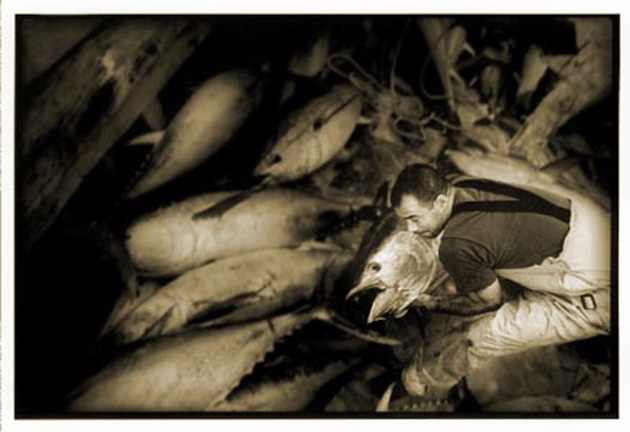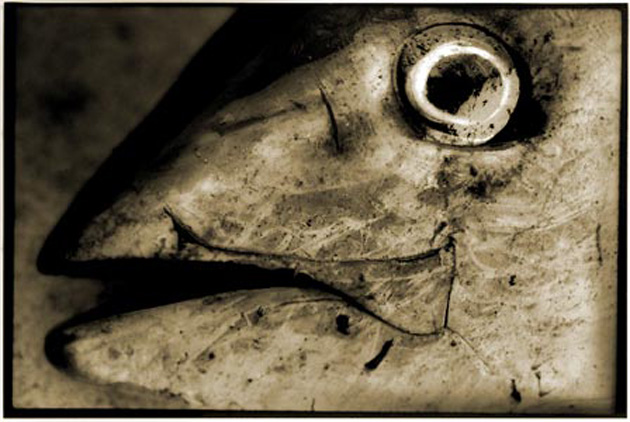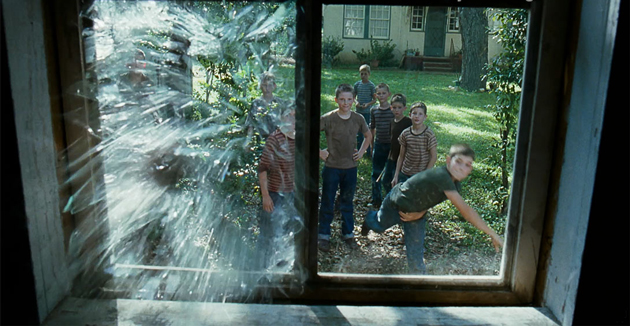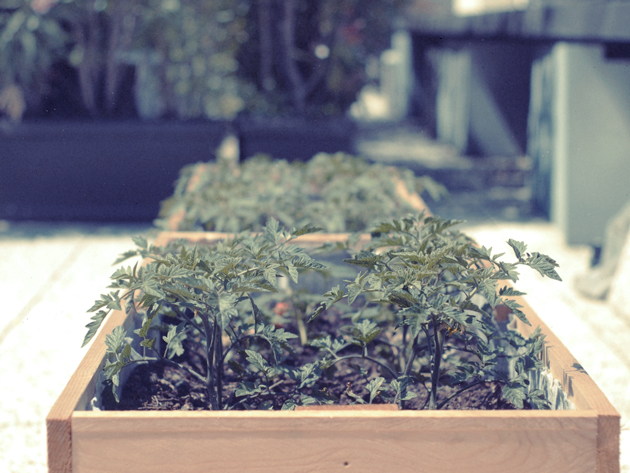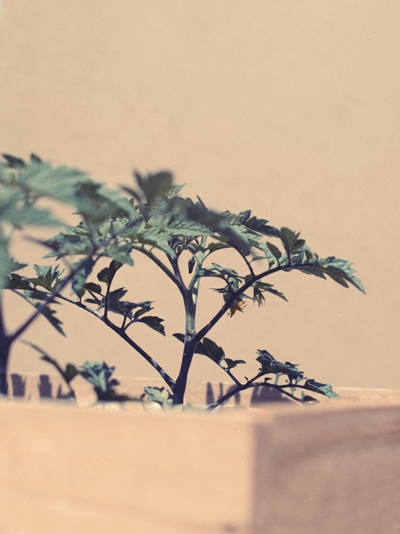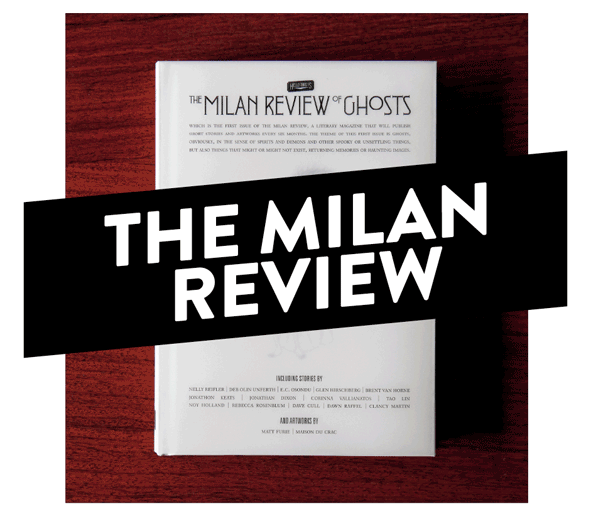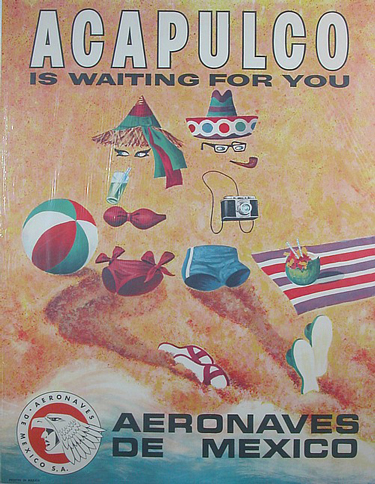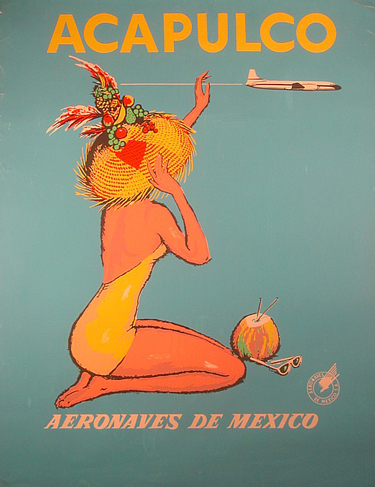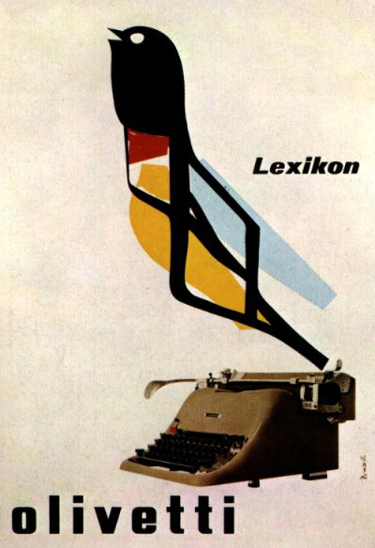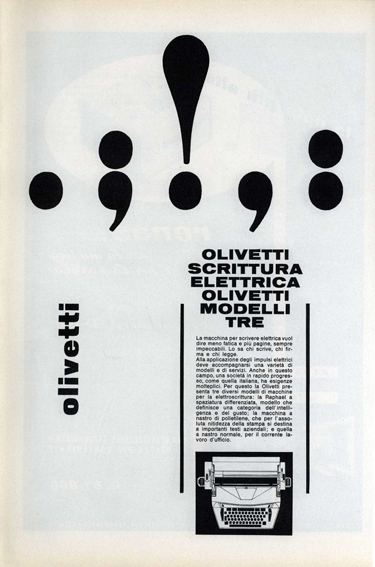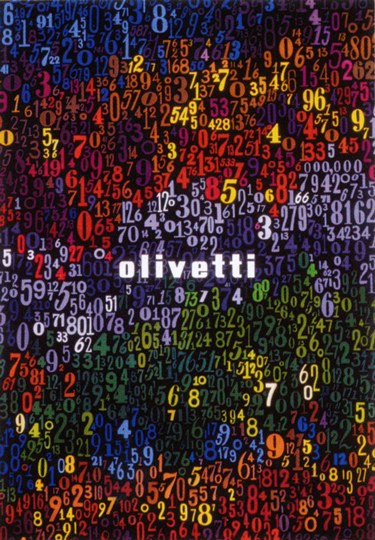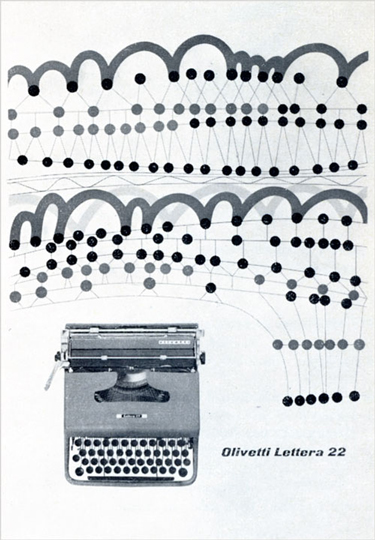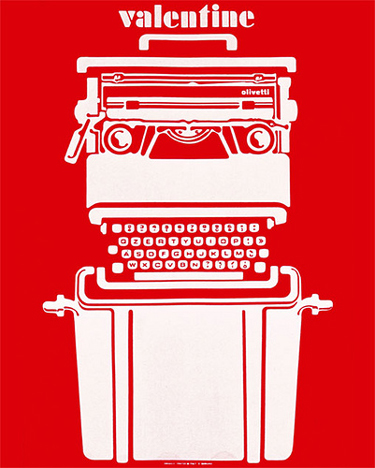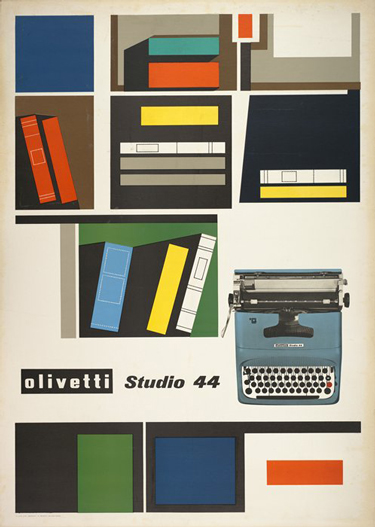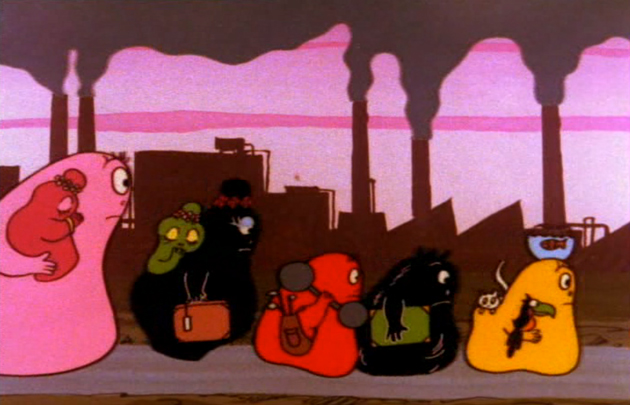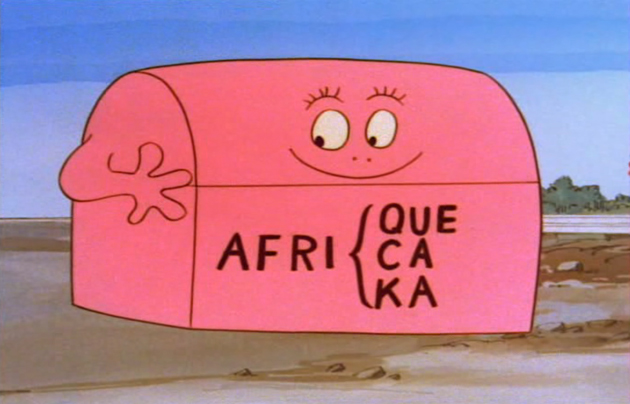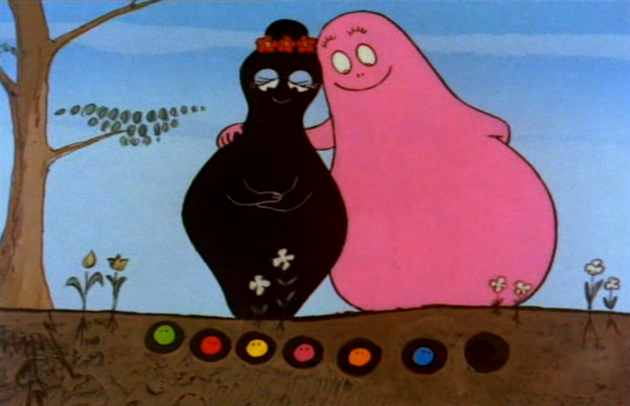.
Essen: Tonno Sardo / Sardinian Tuna
This week, we join photographer Vittore Buzzi on the tiny island of San Pietro off the coast of Sardinia. Here in this city, Carloforte – where you’re just as likely to hear Ligurian as Italian among the citizenry – Vittore captured scenes of a bustling fish market where hauls of some of the world’s finest tuna are brought in, and where fisherman still operate like they did generations ago.
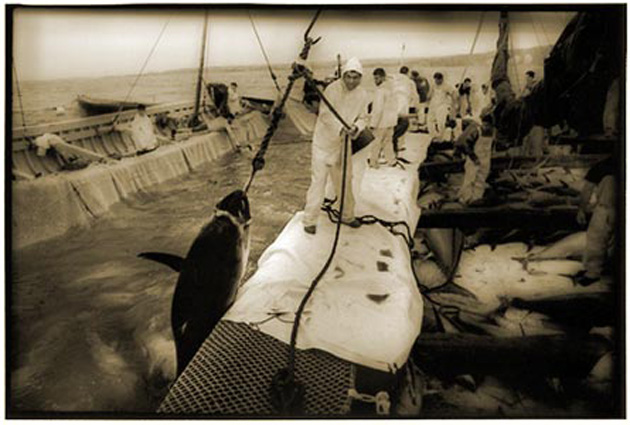
This particular series of photos is special. They were shot in film and developed and handprinted by Giancarlo Vaiarelli on Forte fibre paper using an atypical process typically reserved for graphics. A graphic plate and cross-processing makes for an otherworldly effect – warm, evocative, distant – and timeless, with a sienna tone that evokes Sardinia.

Essen takes us up the western Sardinian coast to Alghero for our food feature of the week:
In the extreme heterogenity of the island of Sardinia, Alghero has lately charged itself with uniqueness. An enclave for the of the seafaring republic of Barcelona for centuries, it was for very long linked more closely to Spain than to the Italian “continent.” Clearly, this cultural and political exposure couldn’t help but leave traces in the local gastronomy.
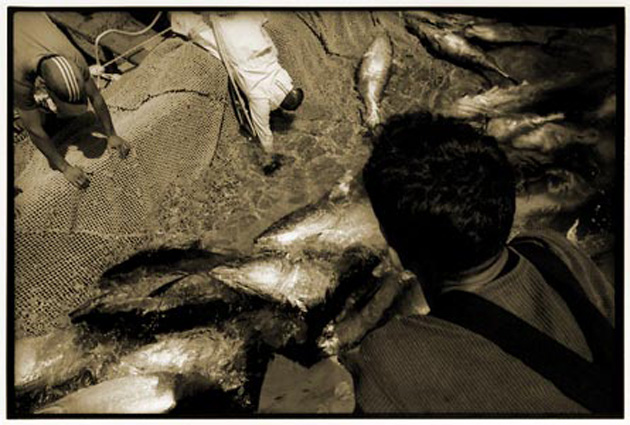
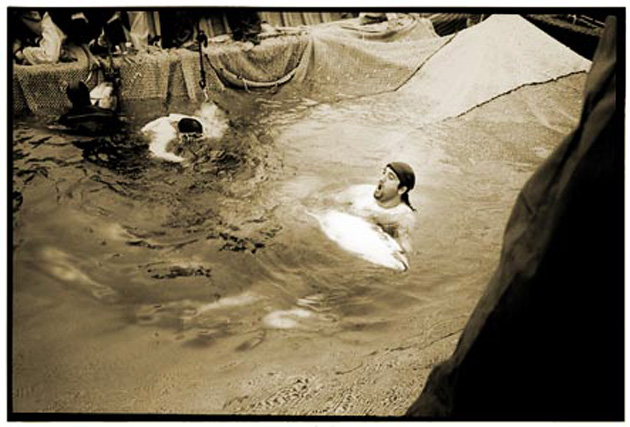
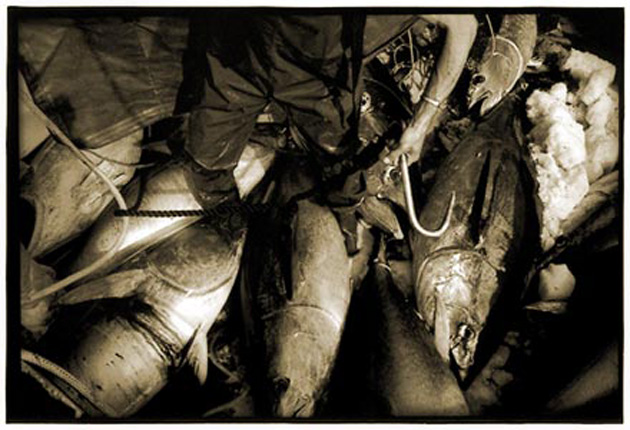
Characterised by fresh, simple food that tends to revolve heavily around fish, algherese dishes mix the fruit of Sardinia’s crystal blue sea with a few leitmotifs of Spanish cuisine, like Paella Algherese.
Although the city’s signature dish is lobster, a much more simple fish – yet every bit as versatile – is notably important: the tuna. Here we’re sharing a simple, flavourful recipe that is quick and easy to prepare, and that in its simplicity brings all the flavours of Alghero to the table.
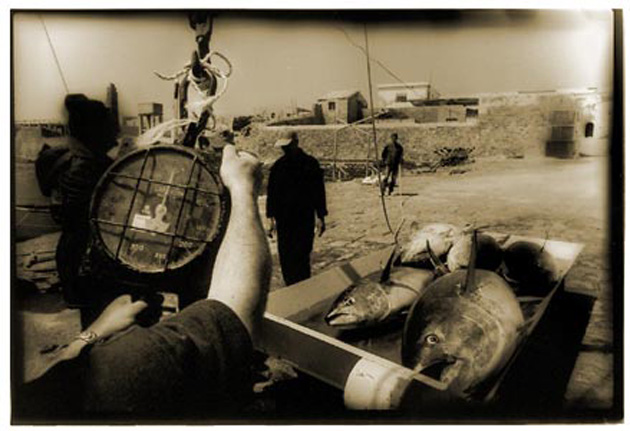
Tonno all’Algherese (Algherese Tuna)
Feeds 4
Ingredients:
1kg fresh tuna filets
3 glasses of Torbato D’Alghero (Doc) (May be substituted for an airy, dry white)
4 tablespoons of extra virgin olive oil
30 grams of pitted black olives
1 celery stick
1/2 white onion
1 lemon
2 bay leaves
salt
Submerge the tuna in water infused with the lemon, and let marinate for a at least a couple of hours. In the meantime, chop the onion, celery and bay leaves finely. Brown them in a terracotta saucepan – if you don’t have one, a non-stick pan will work fine.
When the greens have browned, add the fish to the pan and cook on slow heat for around 20 minutes making sure to brown it on both sides. Don’t use a fork and instead use wooden utensils. Halfway through cooking, add the white wine, allowing it to dissolve slowly over the tuna. Add the black olives, then salt. Cover the pan and finish cooling. Serve hot, laid out over its juices.
